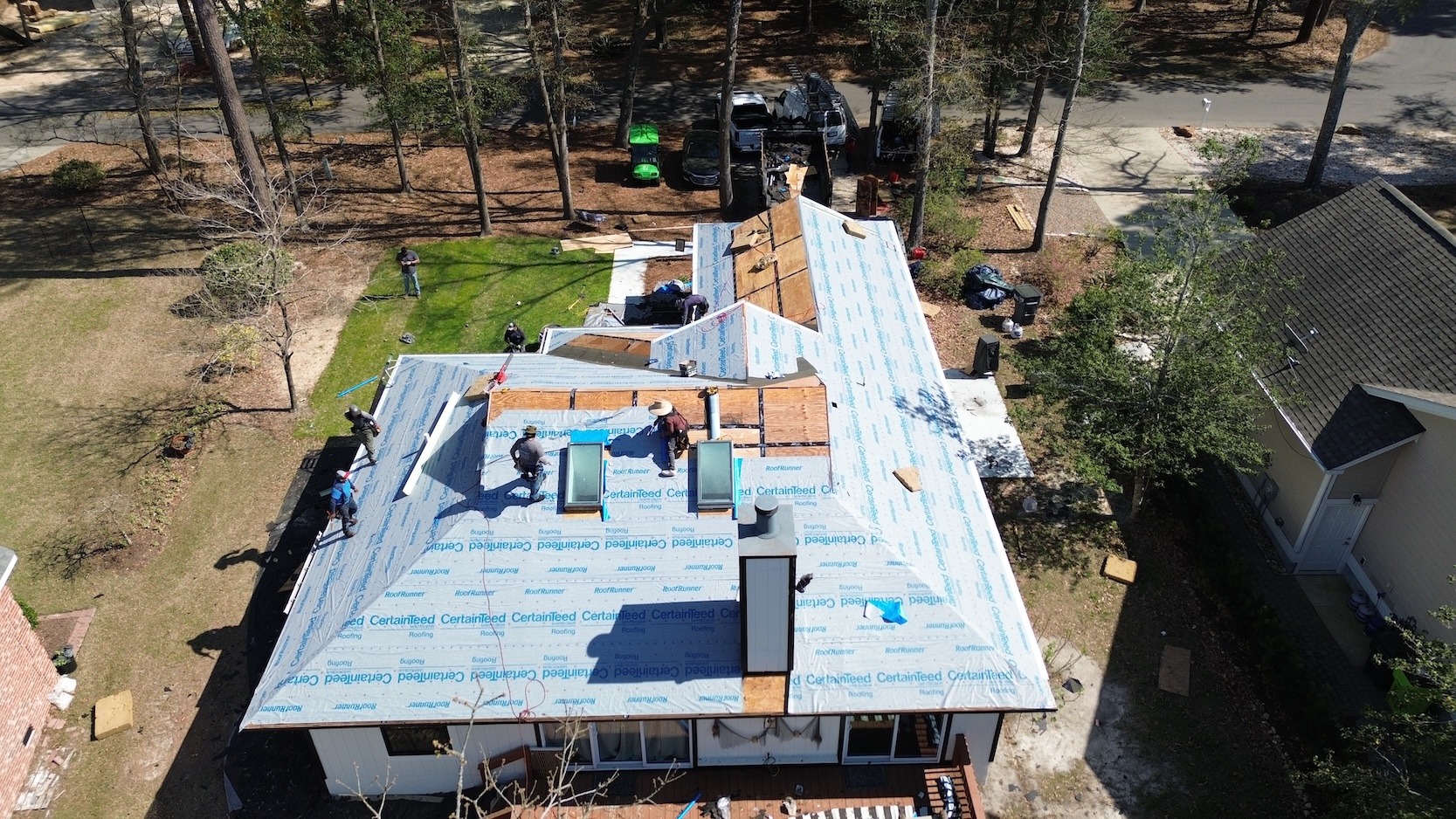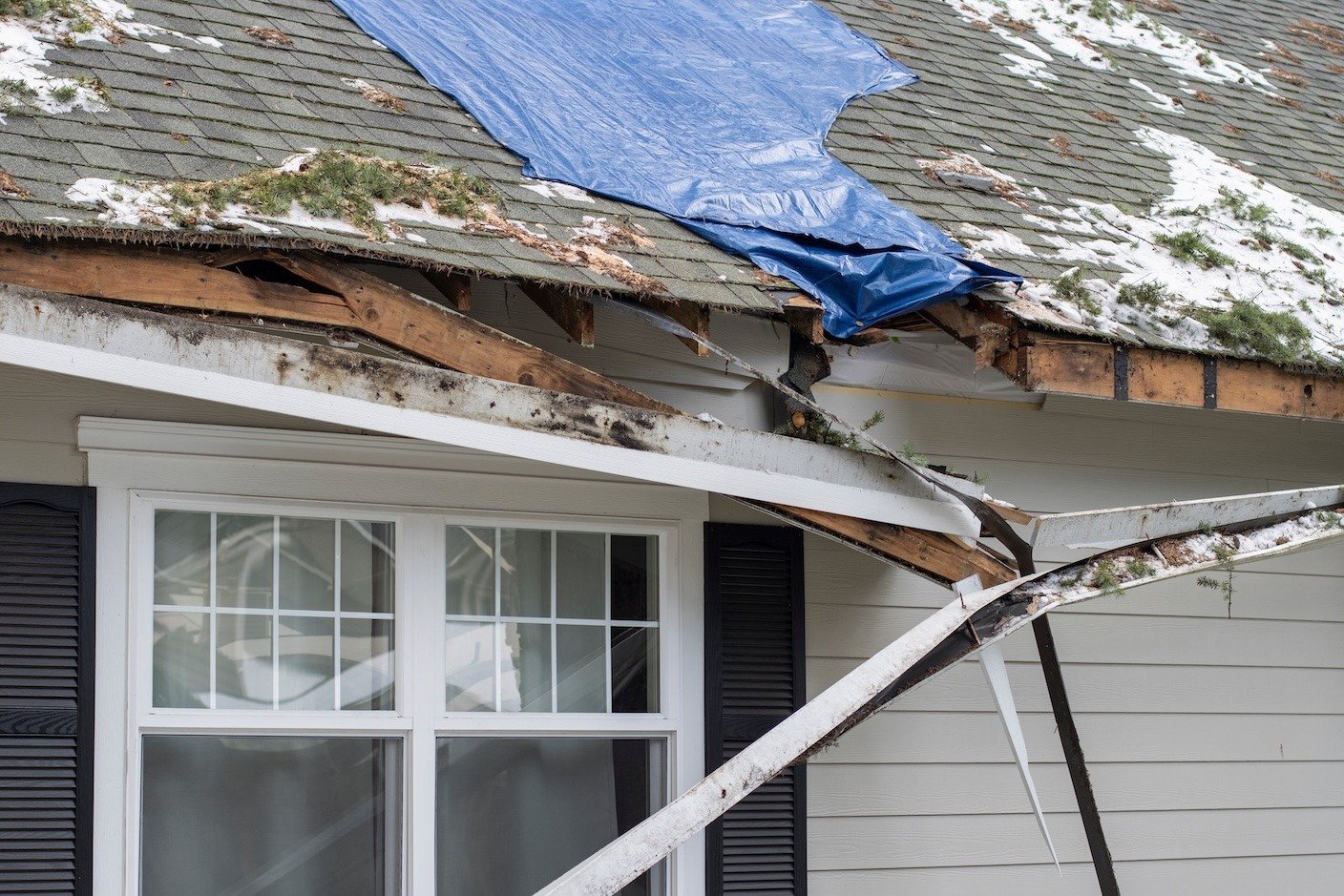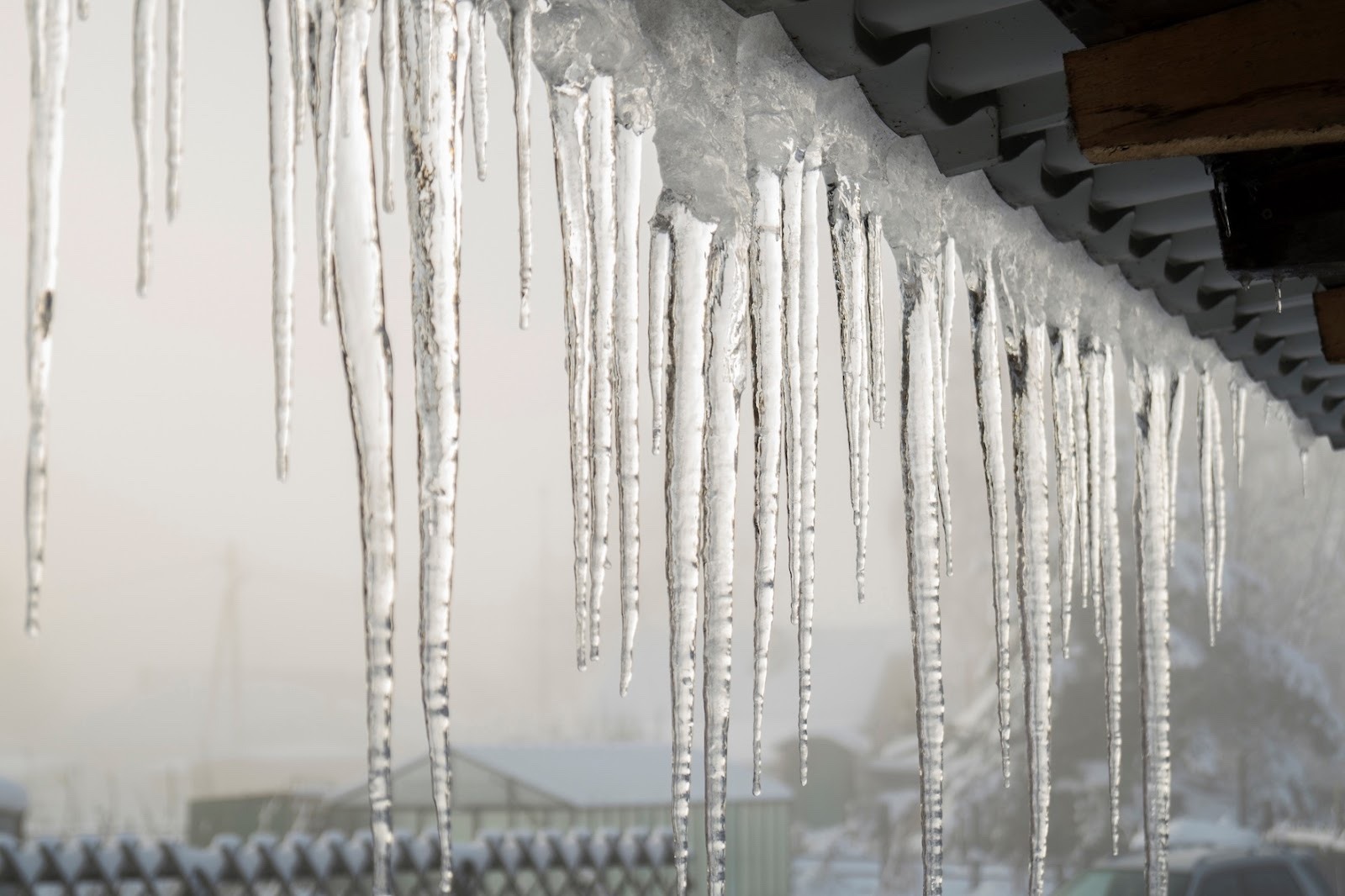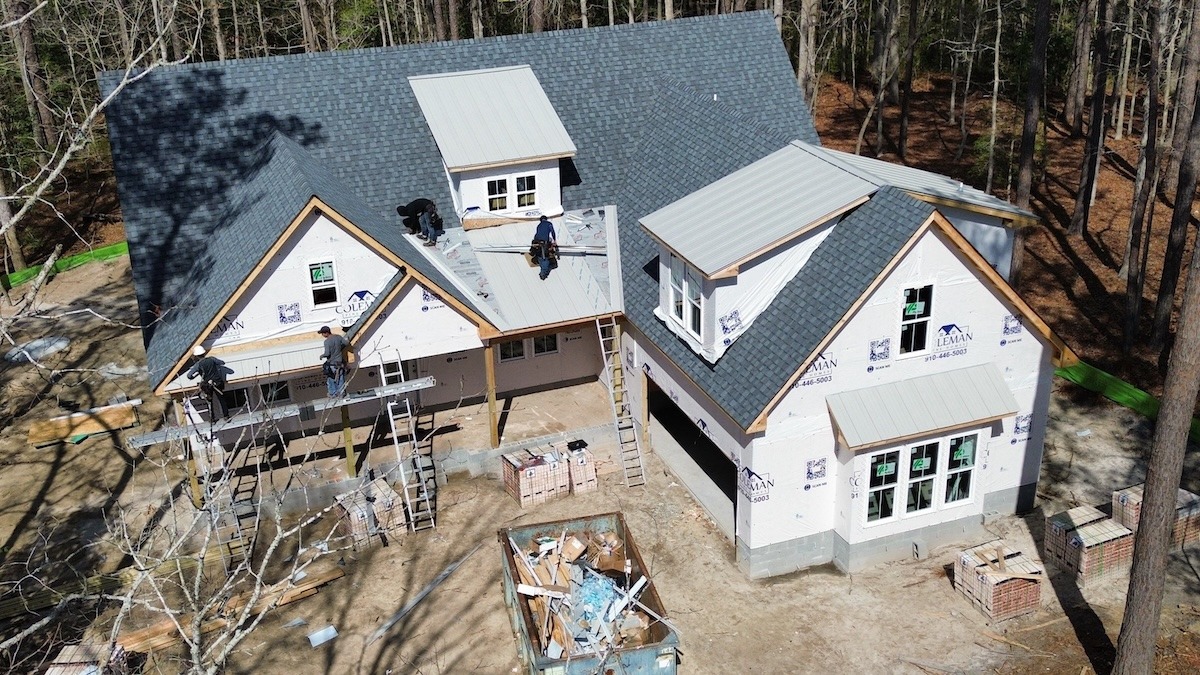What To Look For When Identifying Roof Mold Damage
Summit Roofing

At Summit Roofing, we understand that dealing with roof issues can be overwhelming. That’s why we're here to help you identify and address one of the most common problems homeowners face—roof mold damage. If you've noticed any signs of mold on your roof or are concerned about potential damage, you're not alone. Roof mold is a prevalent issue, especially in humid climates like Wilmington, NC.
In this blog post, we'll let you in on everything you need to know about identifying, treating, and preventing roof mold, ensuring your home remains safe and clean.
Identifying Roof Mold Damage
Roof mold is more than just an unsightly problem; it's a sign that your roof may be compromised. Mold forms when moisture gets trapped in your roofing materials, often due to poor ventilation or water leaks. This moisture creates a breeding ground for mold spores, which can spread quickly and cause extensive damage to your roof and home. Understanding the common causes of roof mold is the first step in preventing and addressing this issue effectively.
Signs of Roof Mold
Identifying roof mold early can save you time and money on repairs. Here are some common signs to look for:
- Discoloration: Look for dark streaks, patches, or spots on your roof. These discolorations are often green, black, or brown and can indicate mold growth.
- Musty Odors: Mold produces a distinctive musty smell. If you notice this odor inside your home, especially in the attic, it could be a sign of roof mold.
- Increased Allergy Symptoms: Mold can trigger allergies and respiratory issues. If you or your family members experience increased allergy symptoms, it may be due to mold exposure.
- Damaged Shingles: Mold can cause roof shingles to become brittle and break. Inspect your roof for any damaged or missing shingles.
Causes of Roof Mold
Several factors contribute to the development of roof mold, including:
- Humidity and Moisture: Wilmington's humid climate makes roofs more susceptible to mold growth. Moisture from rain, dew, or leaks can penetrate your roof, providing the perfect environment for mold.
- Poor Ventilation: Inadequate ventilation in your attic can trap moisture and heat, leading to mold growth. Proper ventilation is crucial in preventing mold.
- Water Leaks: Leaky roofs are a significant cause of mold. Even small leaks can introduce moisture that promotes mold growth.
Roof Mold Inspection
Conducting a thorough roof mold inspection involves several steps:
- Visual Inspection: Check your roof for visible signs of mold, such as discoloration or damaged shingles.
- Smell Test: Pay attention to any musty odors, especially in the attic.
- Use of Tools: Consider using moisture meters or thermal imaging cameras to detect hidden moisture.
- Professional Help: If you're unsure about your findings, it's best to call a professional for a comprehensive roof mold inspection.
Health Risks of Roof Mold
Mold on your roof doesn't just affect your home; it can also impact your health. Mold exposure can cause various health issues, including:
- Allergic Reactions: Mold spores can trigger allergic reactions, causing symptoms like sneezing, runny nose, and itchy eyes.
- Respiratory Problems: Prolonged exposure to mold can lead to respiratory issues, including asthma and bronchitis.
- Skin Irritations: Some people may experience skin rashes or irritations due to mold exposure.
Roof Mold Removal and Treatment
Once you've identified mold on your roof, it's necessary to address it promptly. Here are some methods for roof mold removal and treatment:
- DIY Methods: For minor mold issues, you can use a mixture of water and bleach to scrub the affected areas. However, be cautious and use proper safety equipment.
- Professional Treatment: For extensive mold damage, it's best to hire professionals. They have the expertise and tools to remove mold safely and effectively.
- Treatment Options: Professional treatments may include chemical solutions, pressure washing, or roof replacement in severe cases.
Preventing Roof Mold
Preventing roof mold involves proactive measures to keep your roof dry and well-maintained:
- Regular Inspections: Schedule regular roof inspections to catch potential issues early.
- Proper Ventilation: Ensure your attic has proper ventilation to reduce moisture buildup.
- Moisture Control: Address any leaks or water issues promptly to prevent mold growth.
Roof Maintenance for Mold Prevention
Maintaining your roof is key to preventing mold. Here are some best practices:
- Seasonal Maintenance: Perform seasonal maintenance tasks, such as cleaning gutters and checking for leaks.
- Timely Repairs: Address any roof damage or wear and tear immediately to prevent mold from taking hold.
- Professional Inspections: Schedule annual professional inspections to ensure your roof remains in good condition.
Trust The Experts at Summit Roofing
Dealing with roof mold can be daunting, but you don't have to face it alone. At Summit Roofing, we're committed to helping homeowners in Wilmington, NC, keep their roofs in top condition. If you've noticed any signs of mold on your roof or need expert advice, don't hesitate to reach out. Our team of professionals is here to provide comprehensive roof inspections, mold removal, and preventive maintenance.
Contact Summit Roofing today for a consultation and take the first step towards a mold-free, healthy home.








